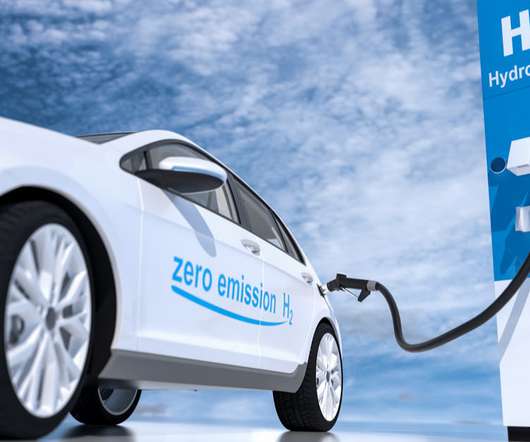Audi introduces new CNG A3 Sportback
Green Car Congress
SEPTEMBER 16, 2020
Audi is adding a new member to its A3 family: the A3 Sportback 30 g-tron natural gas vehicle. Operation with natural gas or biomethane makes the compact model economical and more climate-friendly with low emissions. Audi first introduced an A3 Sportback g-tron in 2014. The A3 Sportback 30 g-tron 1.5











Let's personalize your content